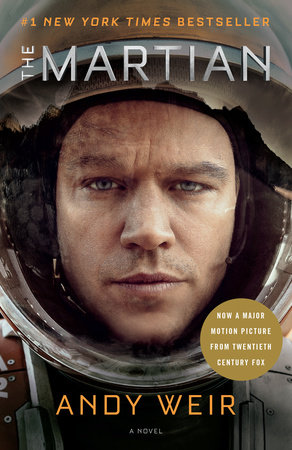Andy Weir, a former software engineer, and author of “TheMartian,” was intervened at ISTE 2018 about his passion for STEM and creativity. Gillian King-Carlile founder of STEM Read facilitated the conversation. Here are my notes.
The very first thing he wrote was Beverly Cleary fan
fiction, at 6 years old. He started working at a National Lab at age 15! More
of an internship cleaning test tubes. Got to start analyzing data in the 80’s.
Learned how to program.
Enjoys the process of learning new things. Researching,
problem solving. Goes out of his way to see what others have done, but make his
own path. The writing process is solving a series of problems. Software
engineering is breaking down solvable problems, but there is artistry to it!
Misses beng part of a team. Now he works alone.
Failure based learning-sentence by sentence, page by page.
There is a lot of failure on the path to publishing. Wanted to be a writer from
the get go. Wanted to be a writer, but liked regular meals, so he became a
software engineer. Dropped out of college due to low funds. HS degree is his
highest level. 1000 started working for AOL. 1005 worked for Blizzard and
developed World of Warcraft 2. Got laid off at the all-time peak of AOL stock.
Started writing for 3 years, and developed a novel that really sucked, so no
one never heard of it. Went back to software engineering. The Martian came
after.
Started posting The Martian chapter by chapter on his
Website where he dumped his creative writing. Was writing 3 serials at once.
The only one people cared about was The Martian. Still had a full time job.
Started positing on the site, then people asked for download, then on Amazon
for $.00 a chapter. Really snowballed from there… He got $.35 a copy! An agent contacts him. Then a publisher, then
Fox. The deals came together within 4 days… Boom All your dreams have come
true!
Ax Cop, a Web comic written by a 5 year old and illustrated
by his 27 year old brother. It’s possible.
Characters use their brain rather than their fist. Working
out solving problems. He likes books that have problem solving, and….”Please
wrap!”
Weir shows that you can be a "techy" and still be a creative writer.

Comments